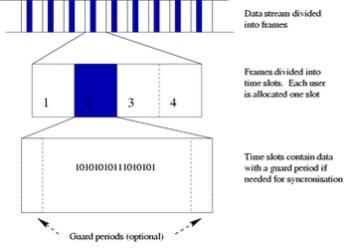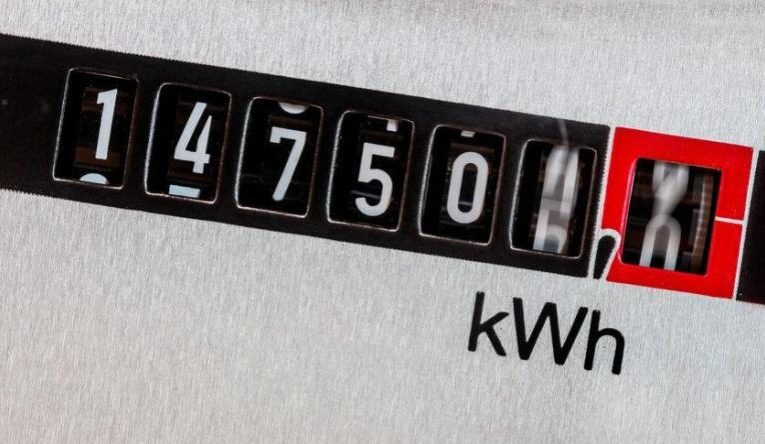SHARE
Analog To Digital Converter For Analog Energy Meters Automation
Analog To Digital Converter (ADC) With TDMA Communication For Analog Energy Meters Automation and Conversion
Written by Imuzeze Usidame This article is the report of a theoretical investigation into the possibility of having analog meters to communicate power consumption to utilities. I had decided to make this investigation in other to determine the possibility for there to be sufficient digital metering in poor countries where smart digital meters are inadequate. The cost of digital meters is prohibitively high in most poor countries in sub-Saharan Africa. This situation has led to improper billing of consumers with utilities' staff leveraging on the situation to perform sharp practices in the form of illegal extortion of consumers. The article contains the components and conclusion drawn from the theoretical investigation.Types Of Components For Electronic Conversion And Communication Of Power Figures
- Analog to Digital Converter (ADC): suitable ADC implementation in the analog meter can be achieved by tapping its power source from the live and neutral lines that feed the rotating disc in the meter. This live and neutral tapping is connected directly to suitable points on the ADC. The converter IC produces the vdd or supply voltage, usually between 2.5 to 3.6v, for the ADC. Other voltages are obtained from voltage divider action within the ADC.
- For communication of energy figures to the utility office, TDMA modulation is utilized. The output of the ADC required for communication is tapped from the PMBus of the ADC. At the receiving end which is the utility office, a demodulator recovers the energy figures that have been recorded by the analog meter. For my solution, analog energy will still be displaying accurate figures as the ADC is functioning side by side.
ADC
An analog-to-digital converter (ADC, A/D, or A-to-D) is a system that converts an analog signal, such as a sound picked up by a microphone or light entering a digital camera, into a digital signal. An ADC may also provide an isolated measurement such as an electronic device that converts an input analog voltage or current to a digital number representing the magnitude of the voltage or current. Typically the digital output is a two's complement binary number that is proportional to the input, but there are other possibilities. There are several ADC architectures. Due to the complexity and the need for precisely matched components, all but the most specialized ADCs are implemented as integrated circuits (ICs). Texas Instruments has a high-speed analog-to-digital converter (ADC) portfolio, with sampling speeds up to 10.4 GSPS, offers solutions for high-speed conversion applications that is suitable for the conversion rate required for the analog meters.TDMA
Time-division multiple access (TDMA) is a channel access method for shared-medium networks. It allows several users to share the same frequency channel by dividing the signal into different time slots. The users transmit in rapid succession, one after the other, each using its own time slot. This allows multiple stations to share the same transmission medium (e.g. radio frequency channel) while using only a part of its channel capacity. TDMA is used in the digital 2G cellular systems such as Global System for Mobile Communications (GSM), IS-136, Personal Digital Cellular (PDC) and iDEN, and in the Digital Enhanced Cordless Telecommunications (DECT) standard for portable phones. TDMA was first used in satellite communication systems by Western Union in its Westar 3 communications satellite in 1979. It is now used extensively in satellite communications, combat-net radio systems, and passive optical network (PON) networks for upstream traffic from premises to the operator. For usage of Dynamic TDMA packet mode communication, see below. TDMA frame structure showing a data stream divided into frames and those frames divided into time slots
TDMA frame structure showing a data stream divided into frames and those frames divided into time slotsTDMA is a type of time-division multiplexing(TDM), with the special point that instead of having one transmitter connected to one receiver, there are multiple transmitters. In the case of the uplink from a mobile phone to a base station, this becomes particularly difficult because the mobile phone can move around and vary the timing advance required to make its transmission match the gap in transmission from its peers.
